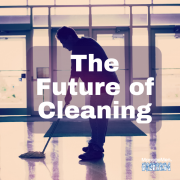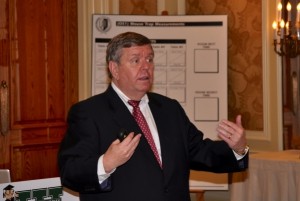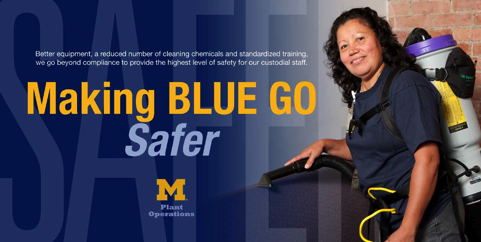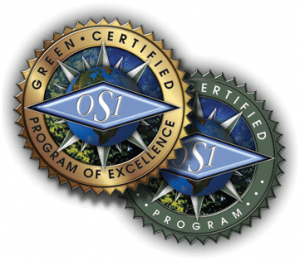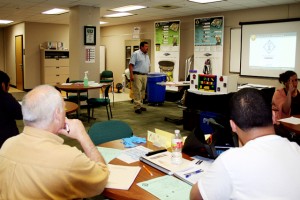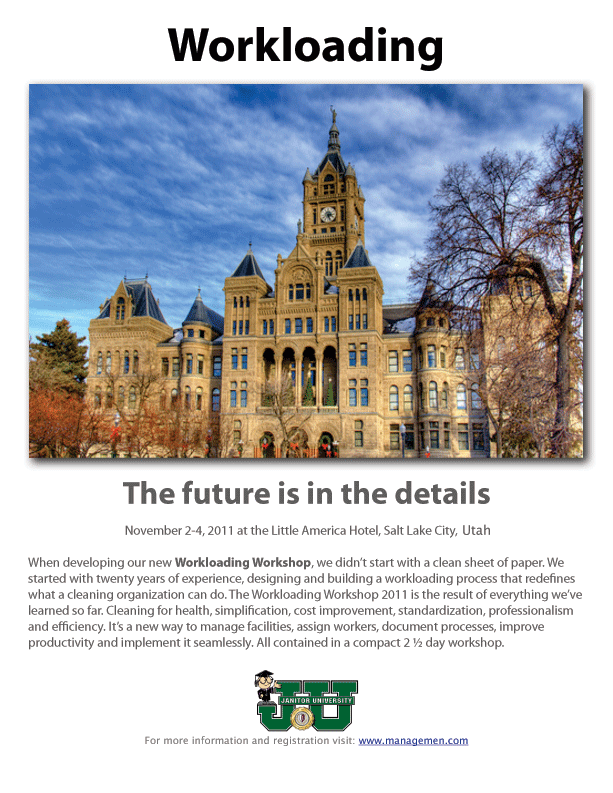The Future of Cleaning and Hygiene
Cleaning professionals, start your engines.
We’re at the starting line of one of the most important races of our lives. Never before have people paid so much attention to how cleaning is performed. As a profession, we’re stepping out of the shadows and onto the stage as people start to understand that cleanliness isn’t just about what you see, but also about what you don’t see.
In “Science, Cleaning and the Built Environment,” cleaning scientist Dr. Michael Berry stated, “Effective cleaning is not widely recognized as a form of insurance or that ineffective cleaning has a high cost in the long term.”
With the coronavirus and this pandemic, that has changed. People now see the critical importance of effective cleaning, because public health safety is at stake.
Whether you’re an (OS1) user or someone who stumbled on this blog post looking for ideas on how to better clean your facility, you can bet that once we get through this pandemic, people will be asking a lot more questions about your cleaning program. As we stated in this post, the business case for better cleaning has never been stronger; and evidence of this paradigm shift is popping up all around us.
Cleaning Takes the Stage
Last week, Delta Airlines introduced “Delta Clean”—their “new standard of airline cleanliness—now and always.” In a video announcing the initiative, Delta’s Chief Customer Experience Officer Bill Lentsch discusses the various steps Delta plans to take to improve the cleanliness of its planes.
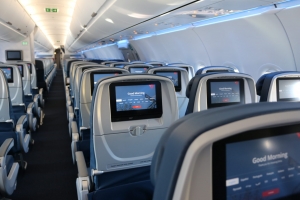
A recent article in National Geographic suggested that to fight germs wherever you go, you should ask about “cleaning practices” at hotels.
“Before you book a hotel or a vacation rental, ask about the cleaning process. Often, the answer will give you a clear idea of whether or not this is a place you want to stay.” – Jason Tetro, microbiologist and author of the book The Germ Code.
Singapore has developed a stamp that helps visitors and locals easily identify hotels and other businesses that achieved a standard level of cleanliness. The “SG Clean” stamp is placed prominently at the entrance of an establishment and designed to give people “peace of mind,” says Keith Tan, CEO of the Singapore Tourism Board. They aim to eventually certify more than 37,000 establishments.
On April 9, the Google Doodle (the fun logo updates you can find on the Google homepage used to commemorate holidays and special occasions) was changed to a person holding a mop and bucket to recognize cleaning workers—this feels like a moment, right?
The Future of Cleaning
Products. Processes. Training. Measurement. These four key critical pieces of EVERY cleaning program will be the subject of scrutiny once buildings start to reopen. People will need peace of mind that they can step into buildings without concern of contamination.
This is good news for (OS1) users! There’s a good chance you can speak to each of these elements better than you can recall certain family members’ birthdays. From training to annual audits, the (OS1) System ensures that people understand not only HOW to clean, but WHY we clean.
If you’re not an (OS1) user, you need to be prepared to speak to cleaning processes, products, training and measurement protocols.
People will want to know what products and processes are used, and how cleaning performance is measured. Are you ready for that challenge?

